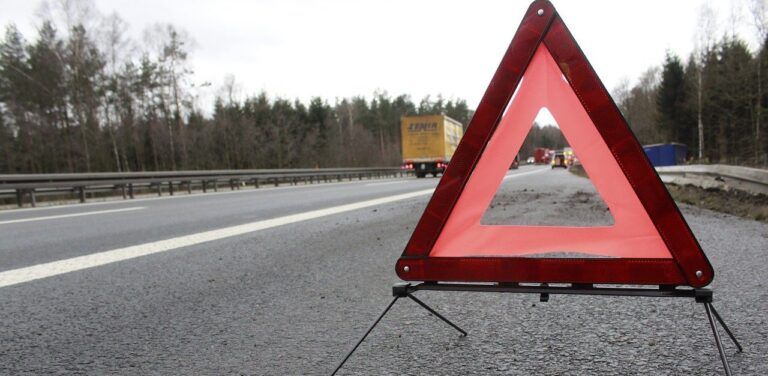Preliminary data from 25 EU Member States show an average 36% drop in road deaths in April 2020 compared to the average of the same month in the previous three years, according to a new report by the European Transport Safety Council.
The highest reduction in road deaths was recorded in Italy (84%), followed by Belgium, Spain, France and Greece with decreases of over 59%. But reductions in traffic did not lead to reductions in deaths in all countries. In Sweden, Denmark and the Netherlands, road deaths during the month of April remained similar or were even higher than in previous years. Notably, Sweden had less strict Covid-19 containment measures compared to many other EU countries.
The research indicates that deaths in general did not decline by the same degree as traffic volume. More research is needed to understand the full reasons but speeding, higher numbers of vulnerable road users on often unprotected infrastructure as well as changes to enforcement levels may have all played a role.
Comparable data for instances of speeding are not available – but reports and evidence gathered from more than 10 countries strongly suggest that speeding may have been a major factor in increased collision severity and therefore a higher risk of death. Countries recorded between a 10 and 39% increase in speeding offences.
The Netherlands recorded frontal impact collisions between cyclists for the first time, possibly indicating that cycle paths were too narrow to accommodate changes in usage. Cyclist deaths in Czechia increased by 86%.
Data separated by vehicle type are not yet available in most countries, however Spain recorded a significant increase in heavy goods vehicle driver deaths. The full reasons for this are not yet known. The issue with drivers working longer hours under increased pressure during the confinement period across the EU needs to be analysed. Many countries suspended EU rules on driving and resting times for professional drivers in certain sectors during the lockdown.
“The Covid-19 lockdown has led to a huge disruption in mobility in Europe,” says Dovilė Adminaitė, ETSC Road Safety Performance Index project manager, who led the research. “There have been positive changes such as a rise in people walking and cycling and the installation of pop-up cycle infrastructure and lower speed limits in dense urban areas. However there will be big risks moving forward if people avoid public transport and prioritise car use in urban areas. We need to rapidly improve the infrastructure for walking and cycling in urban, but also in rural areas. If governments, cities and towns don’t adapt to this new reality, the saving of lives on the roads during lockdown could soon be reversed.”





